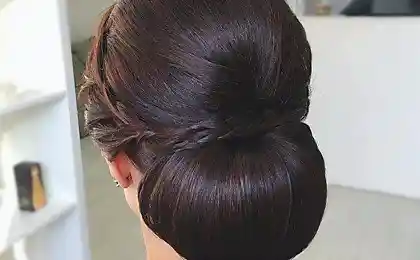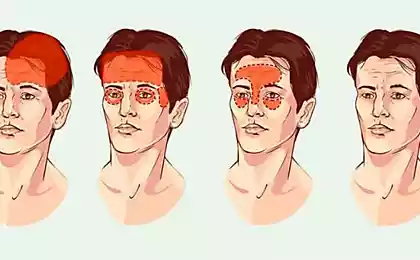355
Scientists have studied why not have a headache from woodpecker
Chinese scientists carefully studied the unique morphology of the woodpecker, trying to understand its shock-proof design.

The brain of this bird can withstand repeated collisions and deceleration during mashing. The researchers used a CT scan and created a highly accurate three-dimensional models of the woodpecker, in search of anti-shock biomechanical structure in terms of distribution and energy conversion.
Based on scanning technology, we received very detailed images of internal structures of the bird's head. As explained by Wu Chengwei, discoveries made in the course of the study, can find application in the design of the spacecraft, cars and wearable protection.
The results showed that the body of the woodpecker not only supports it on the tree, but also receives most of the impact energy in deformation energy, which significantly reduces the amount of impact energy that enters the brain.
"A large part of the impact energy is converted into strain energy and stored in the body (99.7 percent) and only a small fraction goes in the head (0.3 per cent)," say the researchers.
Structure in mind: beak, skull and hyoid bone also helps to further reduce the strain energy of the brain. A small part of the impact energy is transmitted to the brain and, eventually, dissipated as heat, which leads to a rapid increment of temperature in the brain. As a consequence, the woodpecker can peck periodically.
Source: nauka24news.ru/

The brain of this bird can withstand repeated collisions and deceleration during mashing. The researchers used a CT scan and created a highly accurate three-dimensional models of the woodpecker, in search of anti-shock biomechanical structure in terms of distribution and energy conversion.
Based on scanning technology, we received very detailed images of internal structures of the bird's head. As explained by Wu Chengwei, discoveries made in the course of the study, can find application in the design of the spacecraft, cars and wearable protection.
The results showed that the body of the woodpecker not only supports it on the tree, but also receives most of the impact energy in deformation energy, which significantly reduces the amount of impact energy that enters the brain.
"A large part of the impact energy is converted into strain energy and stored in the body (99.7 percent) and only a small fraction goes in the head (0.3 per cent)," say the researchers.
Structure in mind: beak, skull and hyoid bone also helps to further reduce the strain energy of the brain. A small part of the impact energy is transmitted to the brain and, eventually, dissipated as heat, which leads to a rapid increment of temperature in the brain. As a consequence, the woodpecker can peck periodically.
Source: nauka24news.ru/























